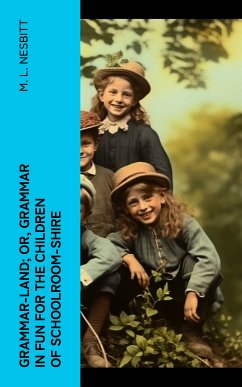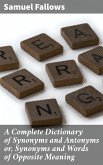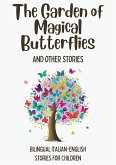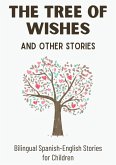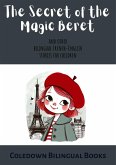This book was accepted well not only the little folks for whom it was intended, but children of a larger growth have read it with interest; and students, who spend days and nights "with weary eyesight poring over miserable books," have condescended to turn over these pages, and laughingly admit that the imagination may sow even the dustiest of book-shelves with flowers. Teachers of the younger classes in schools have found this little volume extremely useful; and it is suggested, that though children will often read it with pleasure by themselves, they will derive much more profit from it when it is made the text-book for a lesson. The simple exercises appended to each chapter will then be found both useful and entertaining. Exceprt: WHAT is Grammar-land? Where is Grammar-land? Have you ever been to Grammar-land? Wait a minute and you shall hear. You will not find Grammar-land marked on the globe, and I never saw a map of it; but then, who ever saw a map of Fairy-land? and yet you have all heard of that, and know a great deal about it, of course. Well, Grammar-land is a place every bit as real as2 Fairy-land, and much more important.
Dieser Download kann aus rechtlichen Gründen nur mit Rechnungsadresse in A, B, BG, CY, CZ, D, DK, EW, E, FIN, F, GR, H, IRL, I, LT, L, LR, M, NL, PL, P, R, S, SLO, SK ausgeliefert werden.

